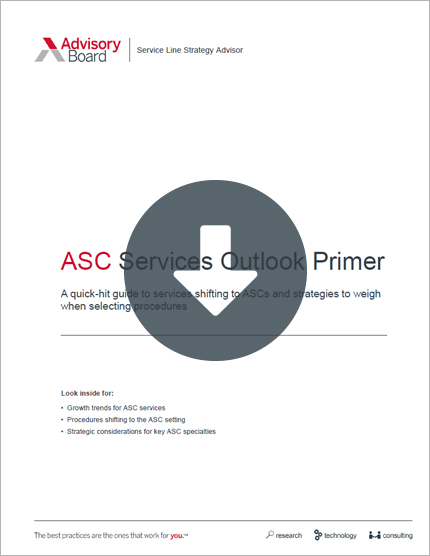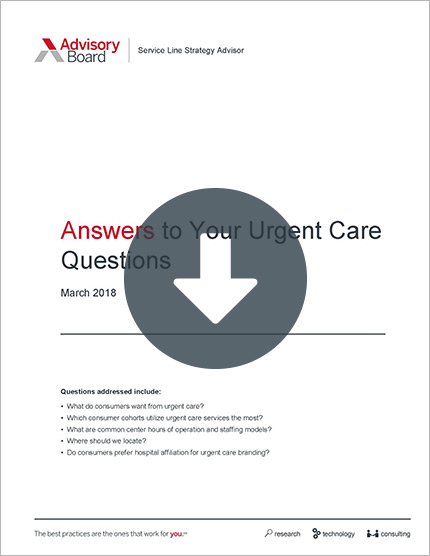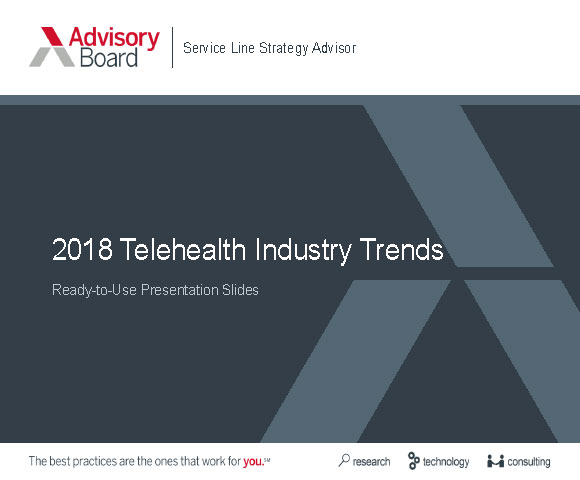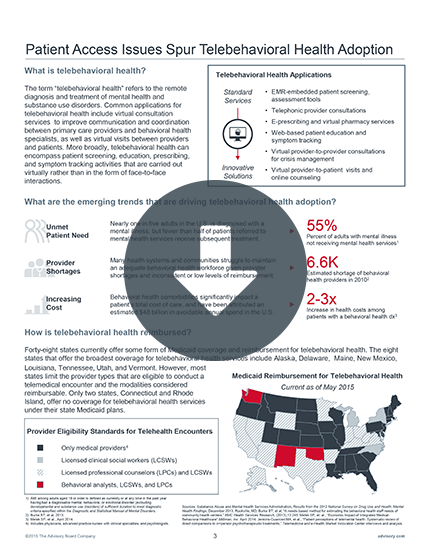Auto logout in seconds.
Continue LogoutThe 'hospital of the future' will focus more on serving patients in their homes and communities, Laura Landro reports for the Wall Street Journal—and several top health systems are already embracing these trends.
Does your state support telehealth?
Why hospitals need to change
This shift away from the traditional hospital is at least partly driven an effort to restrain costs: Outpatient care is less costly and more efficient than inpatient care, Landro writes.
For instance, several studies have found low-risk patients with pneumonia, who commonly are hospitalized, could safely be treated as outpatients—where their treatment would cost 15 to 25 times less. Other research has shown that for certain conditions, hospital-level care can be provided at home at a 30% to 50% lower cost than inpatient care, with fewer complications, lower mortality, and higher patient satisfaction, Landro writes.
Another key factor fueling the hospital shift is consumer preference and a national emphasis on preventive care, Landro reports.
As David Feinberg—president and CEO of Geisinger Health System, which includes 13 hospitals and an insurance plan—said, "We should be investing in people and processes, not hospitals." Feinberg said his goal is to keep patients so healthy and engaged outside of the hospital that it puts his hospitals "out of business."
The 4 key investments for 'hospitals of the future'
As part of the shift, Landro reports that health systems are investing more in four key areas: smaller facilities, home care delivery models, population health models, and telemedicine.
Thinking small
According to Landro, smaller facilities—such as freestanding EDs, outpatient clinics, same-day surgery centers, and microhospitals—can provide effective care while having as few as eight beds available for overnight stays.
For example, Dignity Health-St. Rose Dominican partnered with Emerus Holdings to open four microhospitals. Emerus CEO Craig Goguen said that 92% of patients who visit the microhospitals are treated and sent home in an average of 90 minutes. Just 8% of patients who visit microhospitals are admitted for care overnight, he said.
And Michigan Medicine, the University of Michigan's academic medical center, is currently constructing a building designed to house more than 40 specialty services, cancer care, ORs, and a short-stay units. David Spahlinger, president of the University of Michigan health system, predicted that eventually most patients who are not acutely ill "will be getting care in an outpatient center that can do everything short of admitting you, and maybe just watch you overnight."
Home care delivery
Another growing health system investment is home-based care delivery models.
For instance, Mount Sinai Hospital launched a hospital-at-home (HaH-plus) program for certain ED patients. Under the program, eligible patients are evaluated at the ED and sent home, where they are monitored by a 24/7 mobile acute care team that provides staffing, medical equipment, treatments, and lab tests, Landro reports.
The program offers 30 days of care, which includes referring patients back to primary care physicians and connecting patients to services for them to avoid readmission, the Journal reports. Mount Sinai estimates that 575,000 ED visits across the nation could qualify for the program if it were adopted nationally—and if just 20% of those cases were treated through such a program, Medicare could save $45 million annually.
Population health
Health systems are also investing in population health programs aimed at helping people avoid hospitalizations.
For instance, Geisinger launched a pilot program, called Fresh Food Farmacy, to address patients' nutritional needs. Under the program, Geisinger prescribes patients fruits, vegetables, lean proteins, and whole grains—offering the food at no cost for patients who need financial assistance—and provides diabetes education, cooking tools, and recipes. As a result of the pilot, which Geisinger is "scaling … up as fast as [it] can," Feinberg said the health system has seen blood-sugar levels decrease among participating patients.
Telehealth
Telehealth services are another way health systems are moving care out of the hospital building, Landro reports—aiming to boost access for patients, improve care quality, and bolster efficiency.
Intermountain Health Care, for instance, uses telehealth services to connect patients at smaller rural hospitals with crisis care workers and remote outpatient psychiatry consultations; provide access to neonatlists; and link EDs across the health care system to Intermountain's telestroke program, which has so far treated more than 1,000 patients.
"We aren't interested in building more bricks and mortar, but are leveraging technology to expand our reach and our footprint," said Jim Sheets, Intermountain Healthcare VP of outreach services.
Even traditional hospitals are being revamped
As health systems increasingly look to provide care outside of the hospital walls, some are redesigning existing hospitals into specialized facilities. Ochsner Health System, for instance, purchased River Parishes Hospital and teamed up with a provider of psychiatric and addiction treatment to convert the hospital into a psychiatric facility.
Separately, Kenneth Davis, Mount Sinai's president and CEO, said Mount Sinai has been converting some of the facilities in a network of community hospitals that the health system acquired in 2013 into specialty care facilities. For example, Davis said Mount Sinai converted Roosevelt Hospital into Mount Sinai West, a center specializing in services such as orthopedics and neurosurgery. "We need a new model of care that focuses on wellness and prevention and keeps people out of hospitals," Davis said.
Despite all of these ongoing changes in care, the hospital facility itself isn't going to disappear completely, Landro reports. Jennifer Wiler, executive director of the Care Innovation Center at UCHealth, said, "Hospitals aren't going away anytime soon, nor should they." Wiler said, "But the traditional model of a hospital as the hub of care with a single facility providing every facet of treatment is changing."
Ultimately, Bruce Leff, a geriatrician and professor at Johns Hopkins University School of Medicine, said he expects "[h]ospitals will start to evolve into large intensive-care units, where you go to get highly specialized, highly technical, or serious critical care" (Landro, Wall Street Journal, 2/25).
Telehealth 101: Get the primer series
Need to get up to speed on the top issues in telehealth? Each installment in our primer series includes emerging trends, investment considerations, and case studies from top organizations, focusing on top areas such as:
Don't miss out on the latest Advisory Board insights
Create your free account to access 1 resource, including the latest research and webinars.
Want access without creating an account?
You have 1 free members-only resource remaining this month.
1 free members-only resources remaining
1 free members-only resources remaining
You've reached your limit of free insights
Become a member to access all of Advisory Board's resources, events, and experts
Never miss out on the latest innovative health care content tailored to you.
Benefits include:
You've reached your limit of free insights
Become a member to access all of Advisory Board's resources, events, and experts
Never miss out on the latest innovative health care content tailored to you.
Benefits include:
This content is available through your Curated Research partnership with Advisory Board. Click on ‘view this resource’ to read the full piece
Email ask@advisory.com to learn more
Click on ‘Become a Member’ to learn about the benefits of a Full-Access partnership with Advisory Board
Never miss out on the latest innovative health care content tailored to you.
Benefits Include:
This is for members only. Learn more.
Click on ‘Become a Member’ to learn about the benefits of a Full-Access partnership with Advisory Board
Never miss out on the latest innovative health care content tailored to you.




